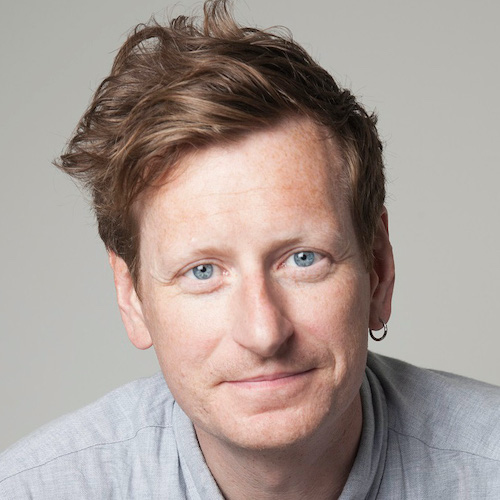
In Katie Kitamura’s novel Intimacies, the narrator walks through rooms of Dutch Golden Age portraiture at the Mauritshuis, in the Hague. As she looks at them, it occurs to her that painting “opened up a dimension that you do not normally see in photographs, in these paintings you could feel the weight of time passing. I thought that was why, as I stood before a painting of a young girl in half-light, there was something that was both guarded and vulnerable in her gaze. It was not the contradiction of a single instant, but rather it was as if the painter had caught her in two separate states of emotion, two different moods, and managed to contain them within the single image. There would have been a multitude of such instants captured in the canvas, between the time she first sat down before the painter and the time she rose, neck and upper body stiff, from the final sitting. That layering – in effect a kind of temporal blurring, or simultaneity – was perhaps ultimately what distinguished painting from photography. I wondered if that was the reason why contemporary painting seemed to me so much flatter, to lack the mysterious depth of these works, because so many painters now worked from photographs.”
Siemon Scamell-Katz does not work from photographs. “A photograph,” he has said, “is a false record of experiential reality”. Why? Because its framing is an act of exclusion our eyes and minds never perform; because it insists on the supremacy, or at least the isolation of a moment, when in fact we experience reality as a stream and a simultaneity. But he might take issue with those portraits in the Mauritshuis, too, despite the appeal of each one containing “a multitude of instants” – a temporal dimension he has identified in his own work. The issue, I think, would rest with their exactness. Perfect representation is, he says, danger and falsehood, “because it encourages a certainty of record that is unreal, untrue”.
So, what is true? I’m delaying by talking about what Scamell-Katz’s paintings aren’t, because to use words to describe them is to risk, or in fact to accept, falling short. They are hard to write about and hard to reproduce, but all such barriers fall away when you’re in their presence. The way they first draw then overwhelm your eye is one of the great pleasures and rewards of Scamell-Katz’s paintings. It isn’t a passive action. It’s closer to immersion, or attraction. In the same way that Caravaggio’s darkness or Rothko’s fields within fields draw your eye into their depths, these paintings have a gravitational dimensionality.
Presented on unframed aluminium, no border sectioning off the painting from the world around it, they aren’t pictures of a Norfolk saltmarsh, or a Californian beach or the sea off Sardinia. Rather they are some fundamental element of those places – one that exists just behind, or adjacent to, the visual – transposed. They are the meaning of those things, which is itself inconstant: they mean something to Scamell-Katz as he creates them, but he doesn’t impose that meaning on the painting – these aren’t puzzles to be unlocked. When we stand before them we are called on to supply our own meaning; or perhaps to surrender the search. For me, as with novels where part of the meaning is brought to the work by the reader, so here there is work to be done as the picture’s form is interpreted.
As with those Mauritshuis portraits, Scamell-Katz’s paintings comprise and express a multitude of instants. They recognise and embody flux and subjectivity. They arise from place, and from time spent in places, but they are not tied to them – representationally or otherwise. As much as they are things, they are places in themselves.